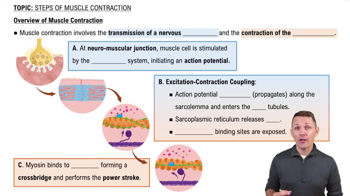Which of the following best describes single-unit smooth muscle tissue?
a. The fibers function individually.
b. It is found in organs that require precise control of contraction.
c. It contains gap junctions that couple the fibers electrically.
d. The amount of tension produced varies with the number of muscle cells recruited.




